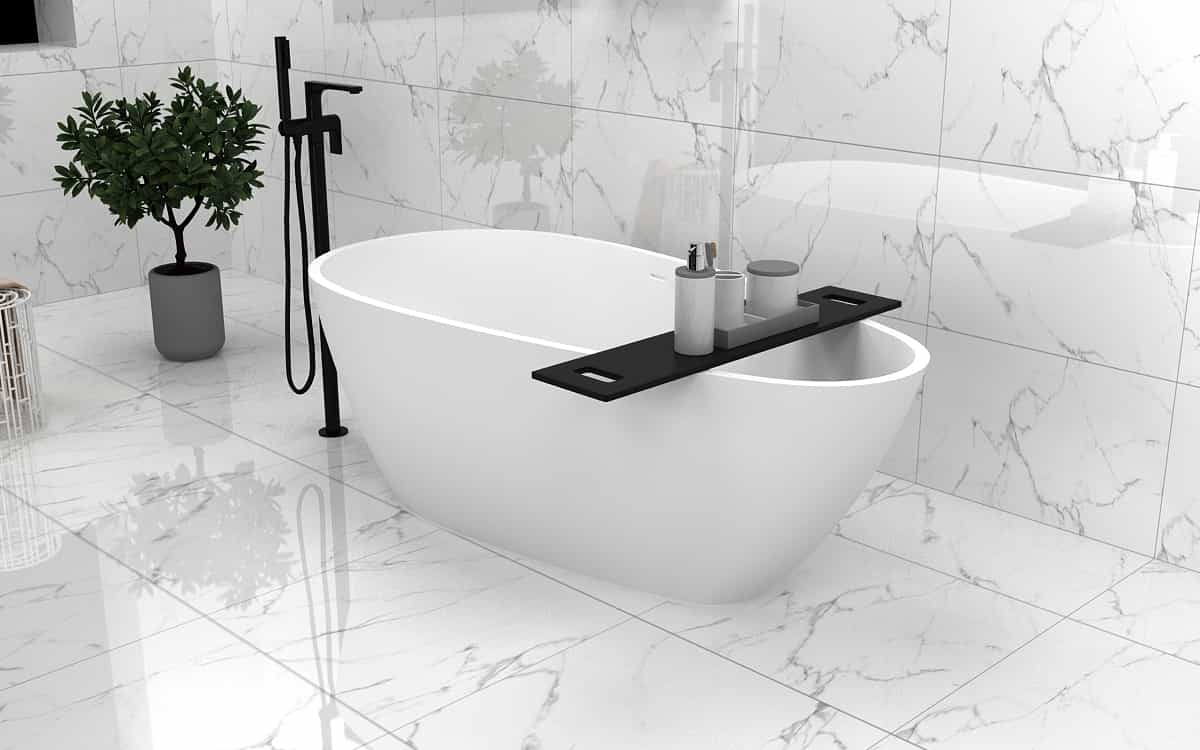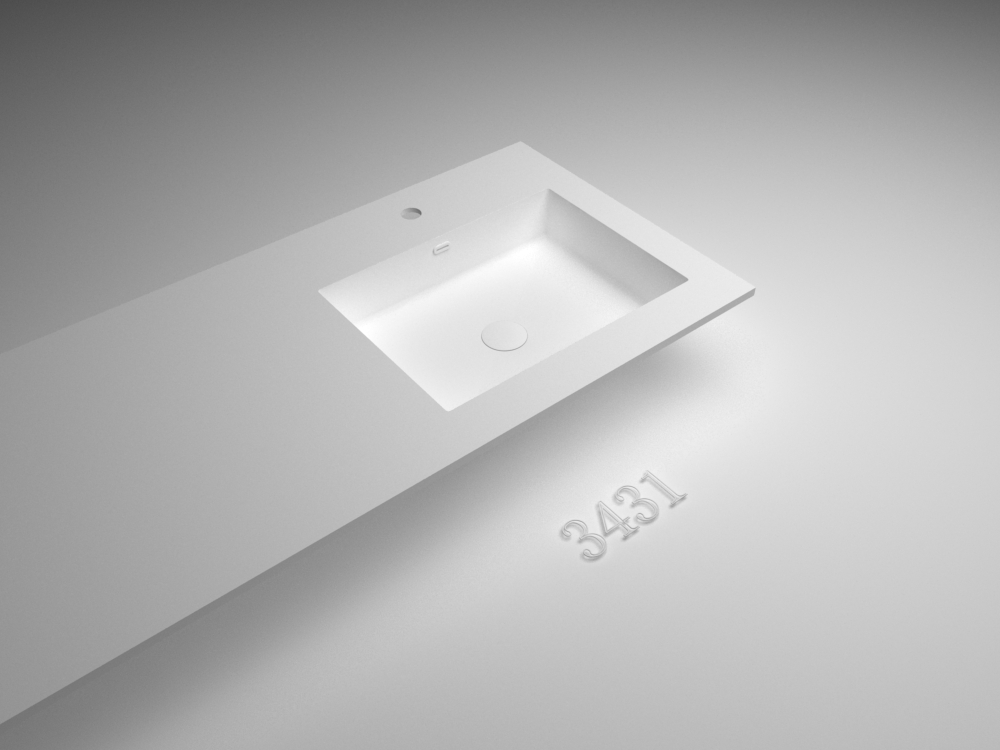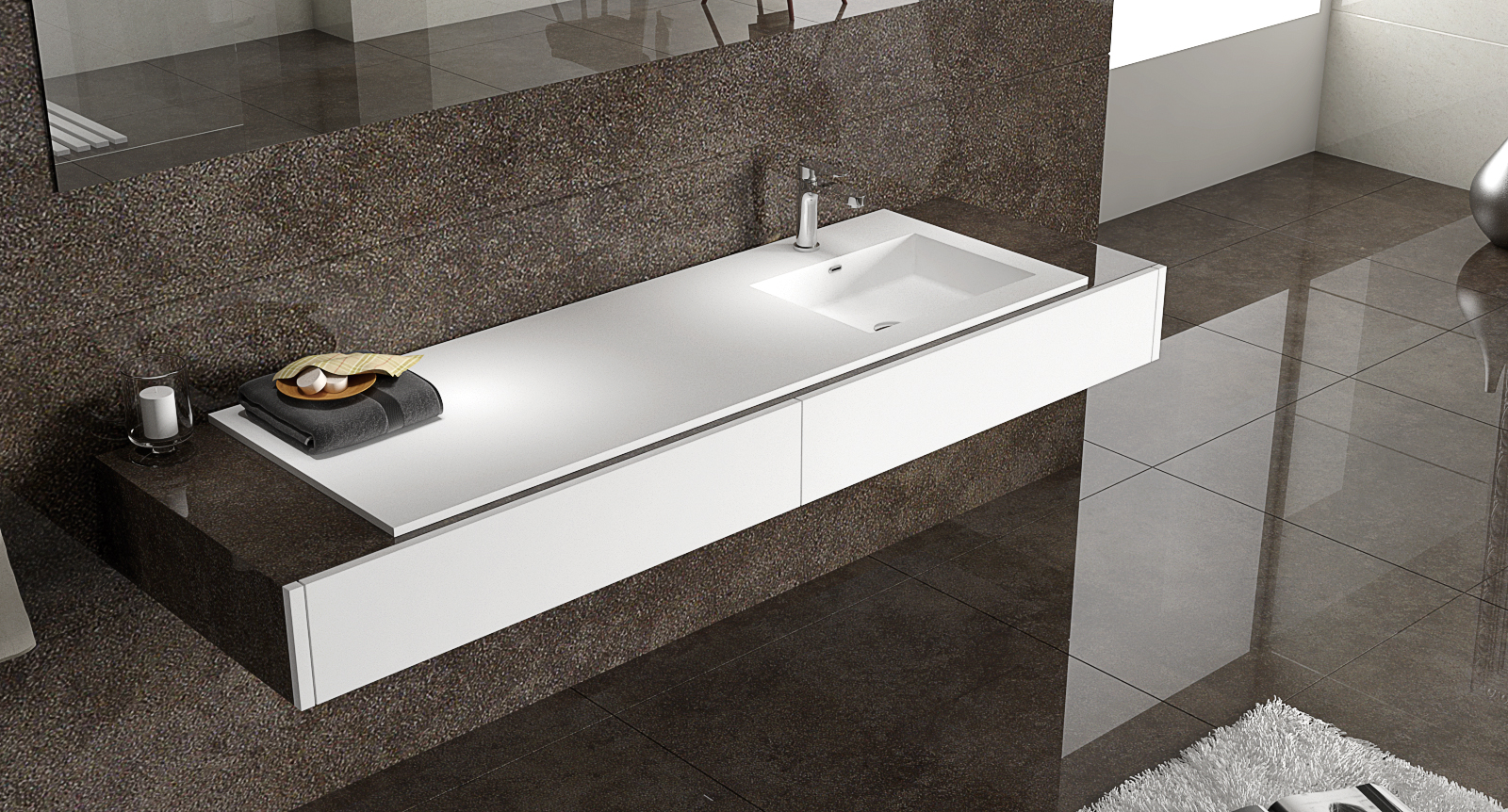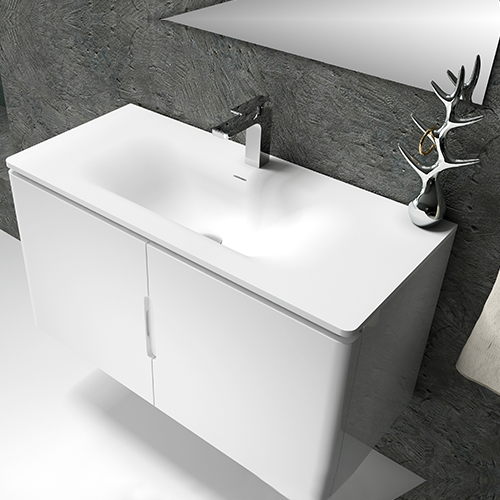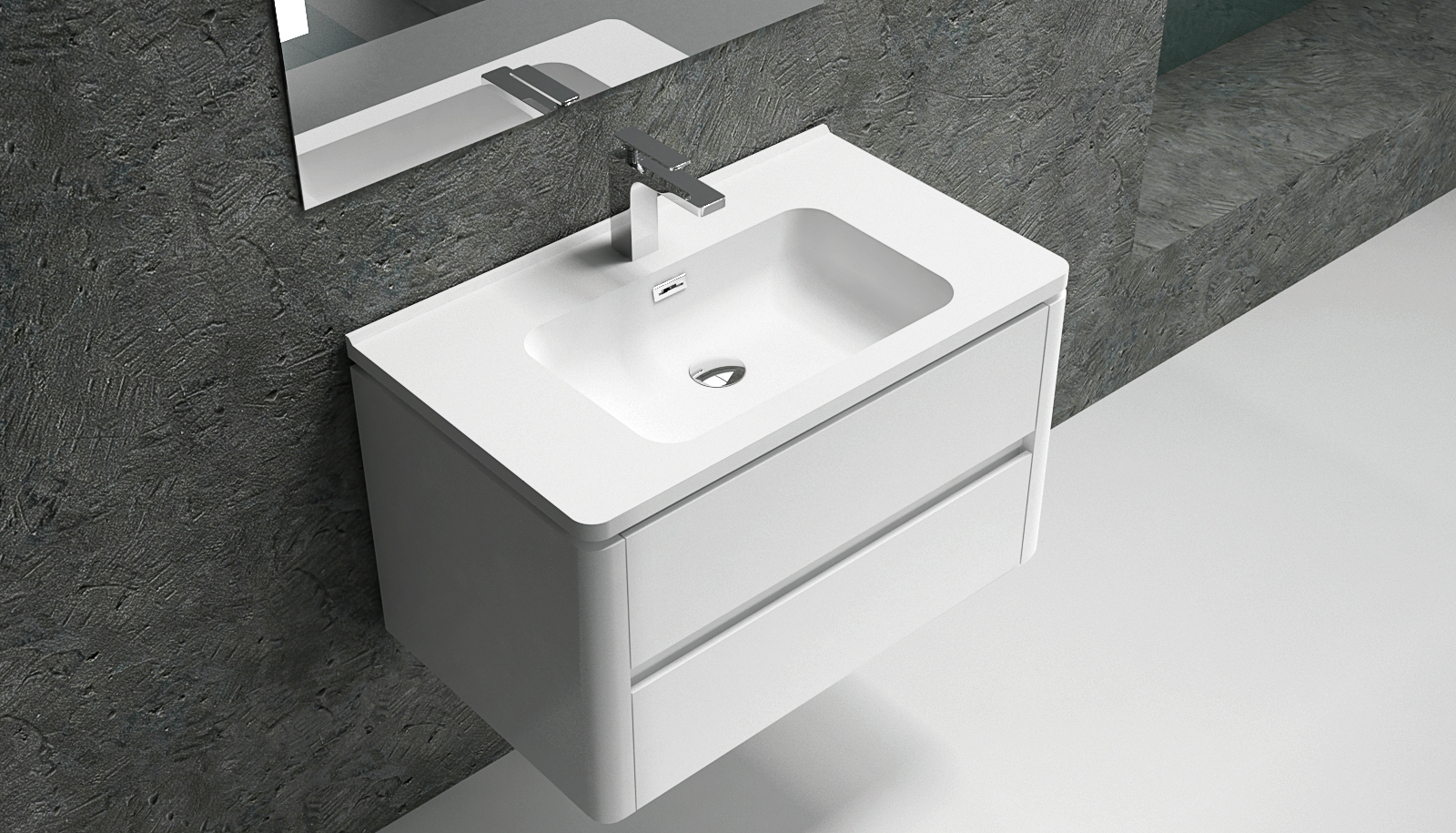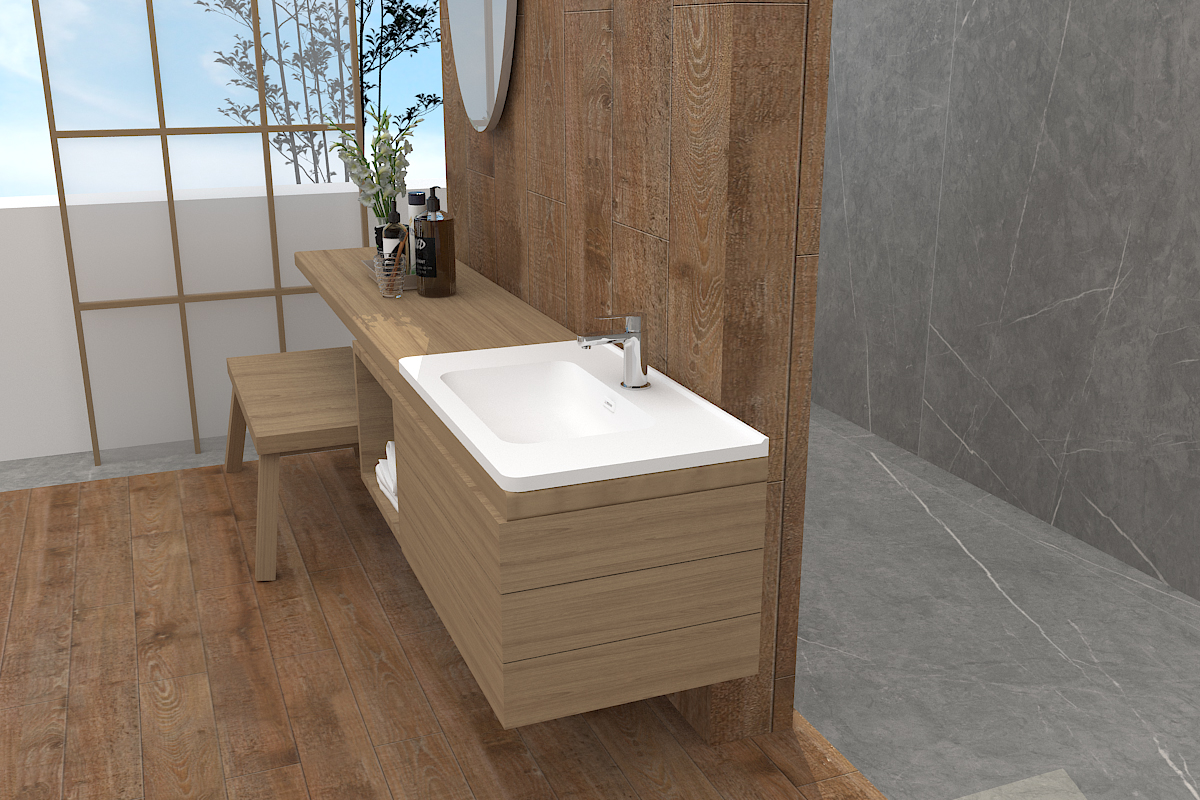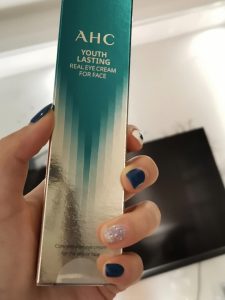
Huawei Smart screen S Series, released this year, is a dark horse in the smart TV industry. The same new generation of smart screen adopts self-developed HH818 chip, which is very powerful. How will it compare with OPPO R1 and SONY X8000H of the same price? Today Xiaobian will bring you the comparison and evaluation of these three TVS.
1. Appearance design
Huawei S55 has an overall black main color, but unfortunately it is not a full-screen design, and the ultra-narrow plastic frame wraps the screen. The base adopts a vertical base with a knife edge. The height of the base is about 4cm. The bottom of the TV is very close to the display surface, so there is no way to insert any equipment under the TV. The upper half of the back is made of a relatively rare metal material, while the lower half is made of plastic for a small backpack design. Viewed from the side, the thinnest part of the upper half is about 3 centimeters, and the thickest part of the lower half is about 7 centimeters, which is not a complete ultra-thin form.
The Huawei S55 and OPPO R1 are on the right side of the TV, while the SONY X8000H is on the left side of the screen
Configuration of three TV interfaces with the same gear:
The highlight of the Huawei S55 and SONY X8000H is that both have USB3.0 ports, which can read some external devices at high speed. In terms of interface, we can see that OPPO R1 is equipped with HDMI2.1 interface, because OPPO R1 is equipped with MT9652 movement set customized by Mediatek based on S900 chip this year.
This is usually configured in the latest high-end machines, so it has a physical structure of HDMI2.1 interface, but the three TV panels can only support 60HZ refresh rate, R1 also can not open HDMI2.1 4K 120HZ refresh rate, HDMI2.1 is useless.
In addition, R1’s interface is marked to support EARC’s return function, but in fact, all the next generation tracks that EARC can return, R1 does not support, EARC only exists in the movement set function list, nothing more, the whole MT9652 movement set on R1 there is a serious waste of performance.
Two, basic imaging function
1. Partition and brightness
None of the TVS are equipped with local dimming, so there is no light-control partition. This makes the brightness between 2%-100% Windows in our previous tests almost no difference, and the peak brightness is uniform across the screen. We set the brightness of the three TVS to the full value, and use the luminance meter to test the brightness difference of the three TVS in different image modes:
The brightness of Huawei S55 and OPPO R1 in SDR and HDR signal is the same. Even in the brightest bright mode, it is difficult to break through the peak brightness of 300nit. Of course, this is no problem in watching SDR signal made based on 100nit, but in bright environment, the image will lack of highlight explosive power and appear dark. However, if you watch HDR signal, such LED hardware brightness can not support normal viewing of HDR film source, HDR image will even make you feel that the effect is not as good as SDR. While Huawei’s previous V-Series also had a peak brightness of 420nit in our previous tests, the S55’s brightness slipped a bit. Both SDRS and HDRS of SONY X8000H are 100-200nit brighter than the other two, which makes the X8000H appear brighter when put together.
Step 2: Contrast
Let’s measure the original contrast of the three TVS. Huawei S55 and OPPO R1 both use VA panel, while SONY X8000H uses IPS panel. The black brightness of VA panel is naturally lower than that of IPS panel, which is commonly known as “better black”. Our test method is to adjust the brightness of the TV to the white point of SDR benchmark 100nit, then measure the brightness of the black, and get the contrast value after dividing the two.
Huawei and OPPO both have a native contrast ratio close to 5000:1, while X8000H is the IPS common 1,100:1, but please note that theoretically higher contrast ratio can allow you to see deeper black and make the image more three-dimensional and vivid. However, due to the differences of software algorithms among different brands, contrast data is not necessarily equivalent to contrast perception.
In terms of black bit performance, Huawei S55 is better than R1 and X8000H, with only impenetrable floodlight. The R1 is a little less impressive, but also has a good performance. The X8000H has an obvious dirty screen, and a large area of floodlight is unavoidable in black, which is also an ancestral problem of the IPS panel.
Continuing to test the all-white images, the S55 and R1 didn’t work as well as expected, with slight graying, while the X8000H showed a relatively clean, but uneven, white. All three TVS will have small corners at the corners of the screen.
Next, we will compare the picture quality of SDR, HDR and game. Firstly, we will measure the optical data. Firstly, we will measure the spectral data of three TVS with the photometer CR-250 to generate the preset file of each TV. Finally, CALMAN software is used to compare SDR standard 100nit.
SDR is made based on 6500K color temperature
According to the test results, the color accuracy of OPPO R1 in the standard/movie mode is more in line with the standard. X8000H has excellent out-of-the-box color accuracy in the game and user mode, while S55 will be inferior. However, Huawei S55 suffers from the disadvantage that Huawei is self-developing chip and software algorithm, which deserves our respect. However, there are some detours in color adjustment, and the S-Series is only Huawei’s entry-level smart screen, and it will take some time to catch up.
We adjusted the TVS to the movie mode the creators intended, and compared the images of the three TVS with the original film.
R1 in movie mode is closer to the standard of the original film, and X8000H significantly improves the brightness, deepens the warm yellow background color globally, and deepens the red saturation on the red clothes of the characters. However, the overall three-dimensional sense of 8000H is strong, which shows that the characters and objects are more three-dimensional and vivid, which is similar to the three-dimensional sense of objects in our real life. S55 lost a lot of color of the original film, and was slightly dull due to lack of brightness. We tested it with another film source.
While in this film source, SONY’s X8000H will be closer to the effect of the original film, but occasionally the warm yellow of the characters’ skin color will be too heavy and appear oversaturated. OPPO R1 is also very good, with only imperceptible color deviation. The S1 obviously loses the native color level of the movie, and the display effect is completely different from the other two TVS.
In the process of observation, we tried to improve the display effect of S55 by adjusting parameters, which caused a shortcoming of S55. When we entered the menu of movie mode, we found that S55 did not open the option of picture quality setting, so we could not modify parameters to correct the color accuracy. Backlight, dynamic contrast, brightness, motion compensation and other parameters that have little to do with color can only be modified in the main interface of the system.
If you need to modify the color parameters, you need to change to the custom mode. Only in this image mode can users adjust the color temperature, tone and other picture parameters.
Both the R1 and 8000H can modify the image Settings in each mode, while those using the X8000H who want more accurate colors will need to switch to user mode.
Let’s take a look at the motion compensation used to improve the fluency and clarity of dynamic images. When playing this 24-frame concert demo, the chip is easy to lose the reference frame at the flashing moment due to a large number of stage lights, so the effect of frame insertion will be greatly challenged. When the motion compensation is pulled to the full, it can be seen that the three TVS all have different degrees of frame insertion errors and delays. R1 is the best in terms of fluency and the least sense of delays, but the definition of compensated virtual image frames is the lowest. S55’s stalling sensation is more obvious than R1, but the inserted virtual image frame is very clear. The stalling sensation is the most obvious at 8000H. Overall, the dynamic compensation of S55 is better.
If motion compensation isn’t your thing and you’d rather see a native 24-frame film rate, we also tested the 24-frame quivering playback feature for reference. The S55 and R1 do not support 24P non-quivering playback. For 8000H, the player needs to play 24-frame movies in 24HZ format.
If you are watching a TV show with your family, the viewing Angle will affect the perception of the user sitting on the side. The X8000H has an IPS panel, while the S55 and R1 have a VA panel, which generally gives the IPS a better viewing Angle. We tested angles ranging from 0° to 70°, and the X8000H was surprisingly good at viewing angles, with little color shift and a noticeable drop in brightness only at 50°. At 30°, there is a huge deviation between S55 and R1, and the red saturation drops sharply. After 30°, R1 changes the most and becomes too gray to see normally.
Next, we tested the HDR display effect of three TVS, first measuring the gamut coverage of HDR.
R1 and X8000 can achieve 70% color coverage in REC.2020, and over 90% in DCI-P3, which is actually in line with the upper medium level of mainstream models. Huawei S55 only reaches 66% color coverage in REC.2020, and only 86% in DCI-P3, which is obviously a level lower. This may make the colors appear too dim in the HDR signal.
In terms of brightness mapping, the S55 and R1 unfortunately only follow the PQ up to 250nit. The S55 is below the PQ curve, which means that from 50nit to 250nit, the S55 is below the signal brightness standard. R1 is slightly above the luminance standard from 0-150nit, and 150nit-250nit is also below the luminance standard. The X8000H can follow the PQ all the way up to 550nit, below the brightness standard at 400nit to 550nit, and the 8000H will certainly be brighter than the S55 and R1 when playing HDR signals on the whole.
Moving on to EOTF mapping, EOTF is the conversion of electrical and optical signals, which affects the gray-scale performance of HDR signals.
As we can see, none of the three TVS can take advantage of HDR’s highlight impact. The S55’s global brightness is significantly lower than that of the other two TVS, and the X8000H is the brightest and strongest in color. The R1 falls right in the middle, being a bit brighter than the S55 and lighter than the X8000H. Although the X8000H and R1 cannot reach the performance of HDR, they can still watch HDR, while the S55 cannot watch normally, so users cannot get any HDR experience. While the S55 is an entry-level model and shouldn’t have high expectations, we’re hoping that Huawei engineers will improve the graphics in the future.
In this 4K HDR [Game of Thrones] clip, OPPO R1 is excellent. All the details of the dark fields are clearly visible, and it doesn’t just brighten the dark fields. The Outlines of each character are clear, and there is a clear sense of separation between objects. The black level of S55 is the purest and deepest, but the details of the dark field are hard to identify, which is slightly black. On the other hand, X8000H showed a large range of flooding light and dirty screen phenomenon, and the details of dark field were not highlighted by flooding light. It was also difficult to identify, and the “ancestral light leakage” of IPS was really embarrassing.
So much for HDR, but let me remind you that the X8000H supports Dolby Horizon, so if you want that, you can choose the X8000H.
Three, game performance
You may remember that we tested the input delay of V65 a long time ago. At that time, the input delay of V65 was as high as 55MS. This time, the input delay of Huawei S55 was only 10MS. The other two are also 10MS. Therefore, the manufacturers also pay more attention to the importance of input delay. 10MS can be regarded as the full score in the evaluation of input delay.
Compared with the other two, the color temperature of S55 in game mode is as high as 8550K. The deviation of color temperature makes the global color temperature purple due to the high color temperature. And the good black bit in HDR performance is gone, with a purple glow. Ginger or old spicy, even X8000H only 1100:1 contrast, but X8000H still presents extremely high image definition and three-dimensional sense. The last one left is OPPO R1, R1 also has a good performance, but the brightness bottom here is not bright enough, the color is similar to 8000H, but we can still see the color deviation from the blood bar blue bar, as well as the global color collocation.
Four, sound quality performance
We used Dayton Audio’s EM-6 microphone, Scarlett USB sound card, and open-source software REW to get the frequency response curves of the Huawei S55, X8000H, and oppo r1.
All three TVS have no bass and are at an introductory level. Frequency response curves can reflect the basic quality of a television’s sound.
The actual listening sensation is in line with the frequency response curve, and the low frequency movement of the background sound of the three TVS is completely masked, and the drum beat is like beating on cotton. Both the S55 and the X8000H have cloudy vocals, while the R1 voice is slightly shrill but breaks when pressed, and the surround sound is like a mono sound. The X8000H switches to the S55 without any incompatibility, which is on par with the “Bluetooth speaker” we often encounter as gifts for events. It’s a starter model, so let’s hear it.
All three TVS can use ARC back transmission normally, R1 nominal support EARC, in fact, just hang a name, EARC can support the track will not be transmitted.
5. System configuration
Huawei adopts the same HH818 as V55, but it has configured the new generation of Hongmeng 2.0 system. The computing power is only 48,000 points, which can only be considered as a very general configuration in the current TV chip. However, Huawei has one advantage, the decoding compatibility of HH818 is strong, it can even decode 8K30 frame and 4K120 frame video files on U disk, but unfortunately it cannot decode 8K60 frame.
The R1 uses Mediatek’s MT9652 custom chip. The main frequency is a little lower, only 1.3GHZ, but it can not use the features of the new chip, HDMI2.1, VRR, EARC chip is the default to use all the things.
As for X8000H, I close my eyes and know that dear Dafa is still an ancestral 16G. For several years, I struggled with this thing and vomited, vomited. The other two can get 32 grams even if you pull them out.
OPPO R1 features Youai Teng Mang integrated in the UI home page, friends can search the content of the four platforms by voice on the home page.
As for Huawei S55, you can sync your viewing history to your smart screen and catch up with the show with one click.
Huawei’s screen projection function is very friendly for Huawei mobile phones. You only need to turn on the NFC and view the screen in front of the remote control, which is very convenient
In addition, there is a smart dual-cast application, you need to download the “smart screen” APP, scan the code








